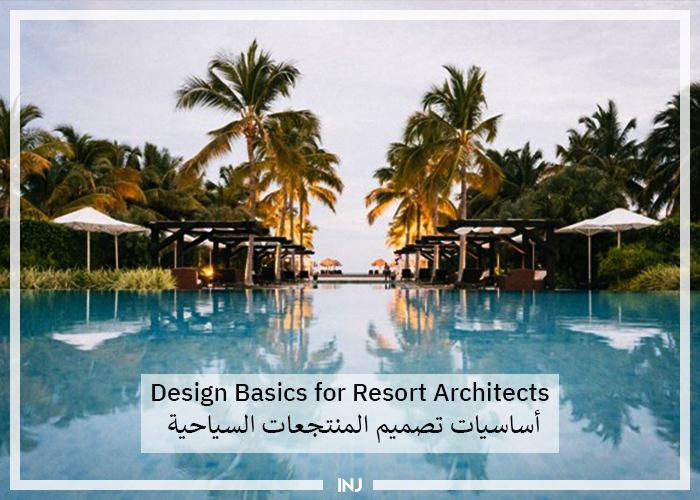Generally, a resort incorporates a comprised set of programmatic and physical elements. Once the architect planned the resort structure, he should start the master plan. That covers every aspect required to lead the design and construction process. Resort architects have to follow some basic design guidelines to complete the project successfully. So, Let’s find out all about design basics for resort architects!
1. Planning the Site of Resort
Site design and planning incorporate a process that converts a project from idea to reality. As well, The planner or designer of a resort must analyze different primary layouts to ensure the most productive and best plan. He does the analysis and formulation of multiple options for the site plan. Project layout planning is a continuous process that involves consideration of many factors and a lot of flexibility. This process incorporates three significant stages:
Initial Design
Initial planning includes opportunities and constraints as well. This process is a series of sketches and diagrams of the site implying land use areas and all road alignments.
Preliminary Design
Once the initial design is final, the architect will find the additional information required to be analyzed. It requires the assistance of the local authority to check the preliminary design. During this time, the architect might consult with the builder to clarify matters. Also, he can ask for extra required materials.
Final Design
The designer finally updates the systematic layout completed at the preliminary design stage for the final master design. Then, the designer submits the final design plan to the local authority for the approval of the site.
2. Creating a Great Sense of Place
Creating a great sense of place is one of the essential requirements of designing a resort. Also, Design or plan is significant in forming the settings and creating the perception in the minds of visitors. in addition, The sense of place implies the context of the natural surroundings of the resort.
To create a good sense of place, use historic sites. Like colonial buildings or mosques can add the feel to a resort site. Whatever style you decide, sensitivity to the surroundings and contextual design are essential considerations in creating a sense of place.
3. Planning the layout
Also, Planning the resort layout is positioning the rooms and other services. A perfect layout pan offers every user easy access and a stunning view. To achieve the best layout plan, one must consider open areas to get a natural or aesthetic vibe.

4. Exterior Designing
The exterior design relies upon the building materials easily accessible and reasonable for the site. Further, It can differ as per the site setting from timber, stone, to bricks, and more. Also, there is a direct connection between the climatic conditions and the building materials. Like the wall or roof structure relies upon the climate to withstand heavy rain or winds.
5. Interior Designing of Resorts
The interior design decides the resort theme and creates the environment of the space. The interior design must relate to the exteriors via proper ventilation systems and accessibility of all areas. The furniture, the shades, and other facilities must complement the design plan of the resort.
Summing Up about Design Basics for Resort Architects
Resort architects must consider the importance of some factors before starting the resort designing project. These factors incorporate environmental preservation, creating a sense of place, planning resort sites, exterior designing, interior designing, use of planting, and means of transportation to some extent.
Finally, Resort planning and designing must include strong structure, aesthetic appeal, and user-friendly facilities to attract many visitors.

